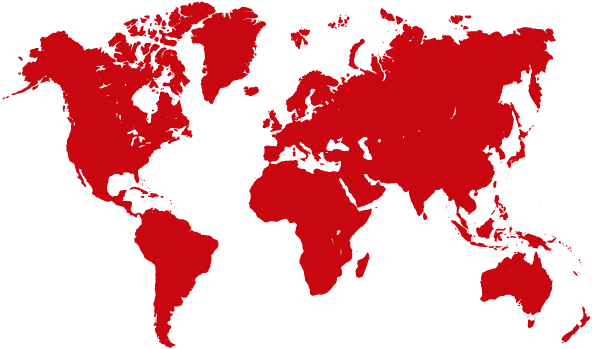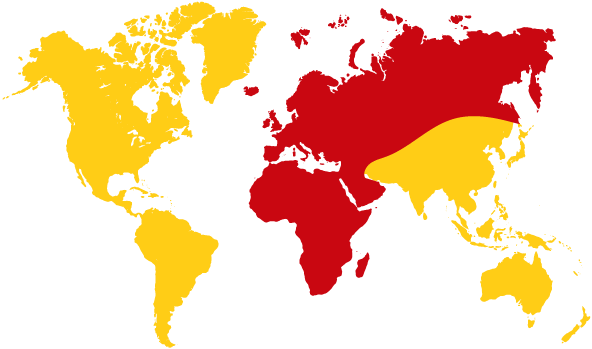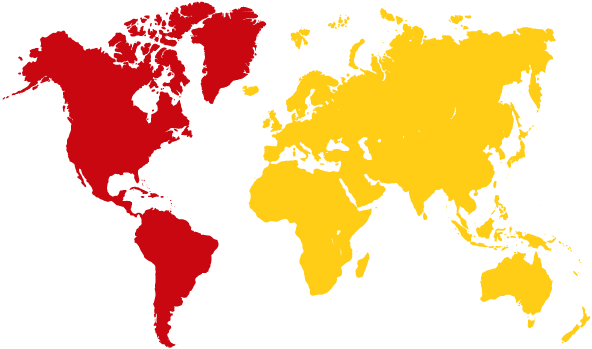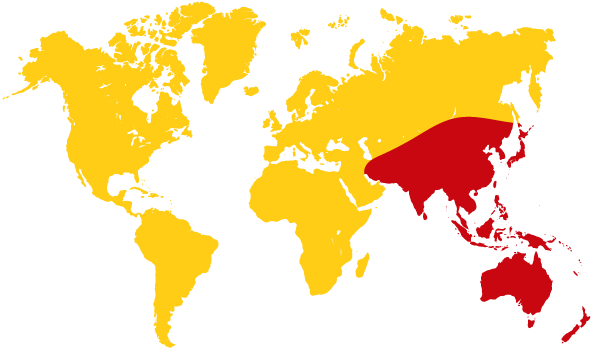Despite poor weather and bad propagation prevailing in Malaysia, there were
lessons learned during the recent simulated exercise on September 27, centred
on Sarawak in East Malaysia 9M8, which tested Amateur Radio’s preparations
for a real disaster.
The exercise, with a scenario of massive power failure triggered by an abnormal
solar flare that also knocked out all telephones, was asked for by the Malaysian
Communications and Multimedia Commission (MCMC).
Poor propagation hampered the effective use of 7.110 MHz using near vertical
incidence skywave propagation (NVIS), emphasising the PSK31 digital mode.
The exercise was to test the effectiveness of the Malaysian Amateur Radio
Transmitters’ Society (MARTS) and Amateur Radio Club Sarawak (ARCS) in setting
up local, and east to west Malaysia communications.
It was designed to show the value of 40 metres for QRP emergency communications,
but the results this time were less than ideal.
Coordinator Johnny Tan 9M8DB said all Sarawak stations adhered strictly to
the 5W output limit. The exercise further proved that, especially for PSK31,
and in spite of QRN, that was more than sufficient.
Johnny 9M8DB said, the robustness of PSK31 under difficult conditions is
undeniable. Through practice, many more will be thoroughly conversant in
this digital text mode, especially when volunteering for emcomm duties.
He said some stations needed to re-think their antennas, make their portable
stations safe during lightning and rain, but remain at the ready for the
next exercise or disaster.
Propagation was very poor between East and West Malaysia. Johnny Tan 9M8DB
said, “While the test failed to some West Malaysian stations, we did hear
9M4CMN quite well and also 9M4MIA but obviously, reception was not equally
good in both directions.
“We also tried 40m, 20m, 15m but failed to a major extent or, signals were
well into the noise to be able to have any reliable copy.”
In the past 40 metres has been found suitable for state wide coverage in
Sarawak, but poor propagation at the time is suspected to be due to storms
causing high atmospheric noise.
The worth of the possible future 5 MHz allocation on the 60 metre band was
discussed, and it was agreed it should more useable for NVIS propagation.
MARTS claimed the exercise further reinforced its request that 40 metre access
be given to the country’s Class B licences to greatly increase the human
radio amateur resources for emergency communications.
It was expected to discuss the issue with the Malaysian Communication and
Multimedia Commission, which was to monitor the exercise.
On the whole, the exercise showed what worked well, and where some further
improvement is needed.
Johnny 9M8DB will send a detailed report to those involved as they prepare
for the next simulated emergency test.
— Jim Linton VK3PC, Chairman IARU Region 3 Disaster Communications Committee.



